
ABB ACS850 general-purpose frequency converter
WARNING! Ignoring the following instructions can cause physical injury or death, or damage to the equipment: • - Lift the drive module using the lifting lugs attached to the top and base of the unit.

Handle the drive module carefully. Make sure that the module does not fall down when moving it on the floor and during installation and maintenance work: Open the support legs by pressing each leg a little down (1, 2) and turning it aside. When ever possible secure the module also with chains. - Do not tilt the drive module (A). It is heavy (over 160 kg [350 lb]) and its center of gravity is high. The module will overturn from a sideways tilt of 5 degrees. Do not leave the module unattended on a sloping floor.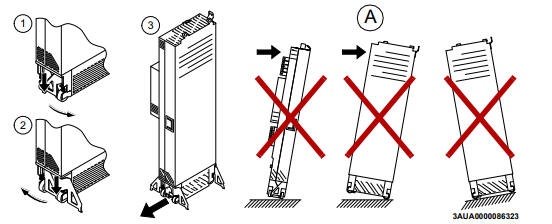
- Push the drive module into the cabinet and pull it from the cabinet carefully preferably with help from another person as shown below. Keep a constant pressure with one foot on the base of the module to prevent the module from falling on its back. Use safety shoes with metal toe cap to avoid foot injury. Do not use the ramp with plinth heights which exceed the maximum height marked on the ramp next to the fastening screw. (The maximum plinth height is 50 mm when the telescopic ramp is shortest and 150 mm when the ramp is longest.) Tighten the two fastening bolts of the ramp carefully
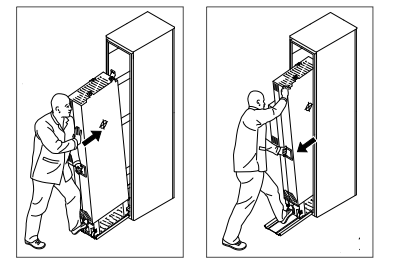
Beware of hot surfaces. Some parts, such as heatsinks of power semiconductors, remain hot for a while after disconnection of the electrical supply. • Make sure that dust from borings and grindings does not enter the drive when installing. Electrically conductive dust inside the unit may cause damage or malfunctioning. • Ensure sufficient cooling. • Do not fasten the drive by riveting or welding
Fiber optic cablesWARNING! Ignoring the following instructions can cause equipment malfunction and damage to the fiber optic cables: • Handle the fiber optic cables with care. When unplugging optic cables, always grab the connector, not the cable itself. Do not touch the ends of the fibers with bare hands as the fiber is extremely sensitive to dirt. The minimum allowed bend radius is 35 mm (1.4 in.).
WARNING! Ignoring the following instructions can cause damage to the printed circuit boards: • Wear a grounding wrist band when handling the boards. Do not touch the boards unnecessarily. The printed circuit boards contain components sensitive to electrostatic dischargeSafe start-up and operation General safety These warnings are intended for all who plan the operation of the drive or operate the drive.WARNING! Ignoring the following instructions can cause physical injury or death, or damage to the equipment: • Before adjusting the drive and putting it into service, make sure that the motor and all driven equipment are suitable for operation throughout the speed range provided by the drive. The drive can be adjusted to operate the motor at speeds above and below the speed provided by connecting the motor directly to the power line. • Do not activate any automatic fault reset functions of the drive control program if dangerous situations can occur. When activated, these functions will reset the drive and resume operation after a fault. • Do not control the motor with an AC contactor or disconnecting device; instead, use the control panel keys and , or commands via the I/O board of the drive. The maximum allowed number of charging cycles of the DC capacitors, ie, power-ups by applying power, is five in ten minutes. Note: • If an external source for start command is selected and it is ON, the drive will start immediately after an input voltage break or fault reset unless the drive is configured for 3-wire (a pulse) start/stop. • When the control location is not set to local, the stop key on the control panel will not stop the drivePermanent magnet motor drives WARNING! Do not run the motor over the rated speed. Motor overspeed leads to overvoltage which may damage or explode the capacitors in the intermediate circuit of the drive
Introduction to the manual
What this chapter contains
This chapter describes the intended audience and contents of the manual. It contains a flowchart of steps in checking the delivery, installing and commissioning the drive. The flowchart refers to chapters/sections in this manual and other manuals
Target audience
This manual is intended for persons who • plan the cabinet assembly of the drive module and install the module into a userdefined cabinet • plan the electrical installation of the drive cabinet • make instructions for the end user of the drive concerning the mechanical installation of the drive cabinet, connection of power and control cables to the cabinet-installed drive and maintenance of the drive. Read the manual before working on the drive. You are expected to know the fundamentals of electricity, wiring, electrical components and electrical schematic symbols. The manual is written for readers worldwide. Both SI and imperial units are shown.
Contents of the manual
This manual contains the instructions and information for the basic drive module configuration. The chapters of the manual are briefly described below.
Safety instructions
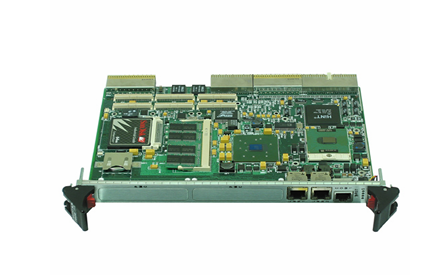



.jpg)
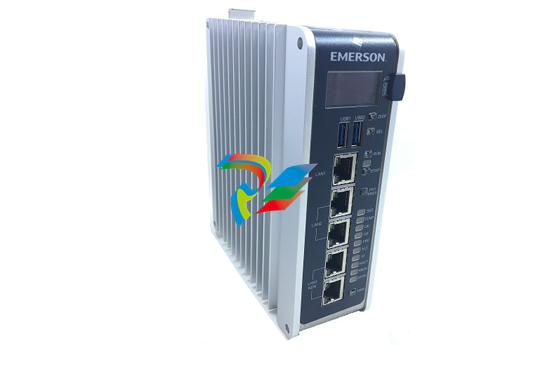
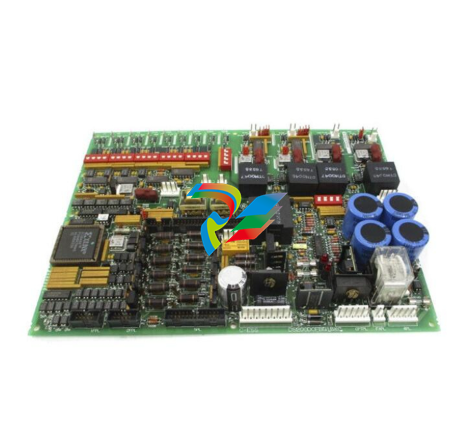
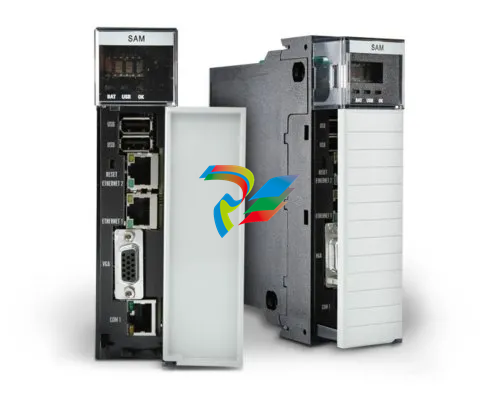
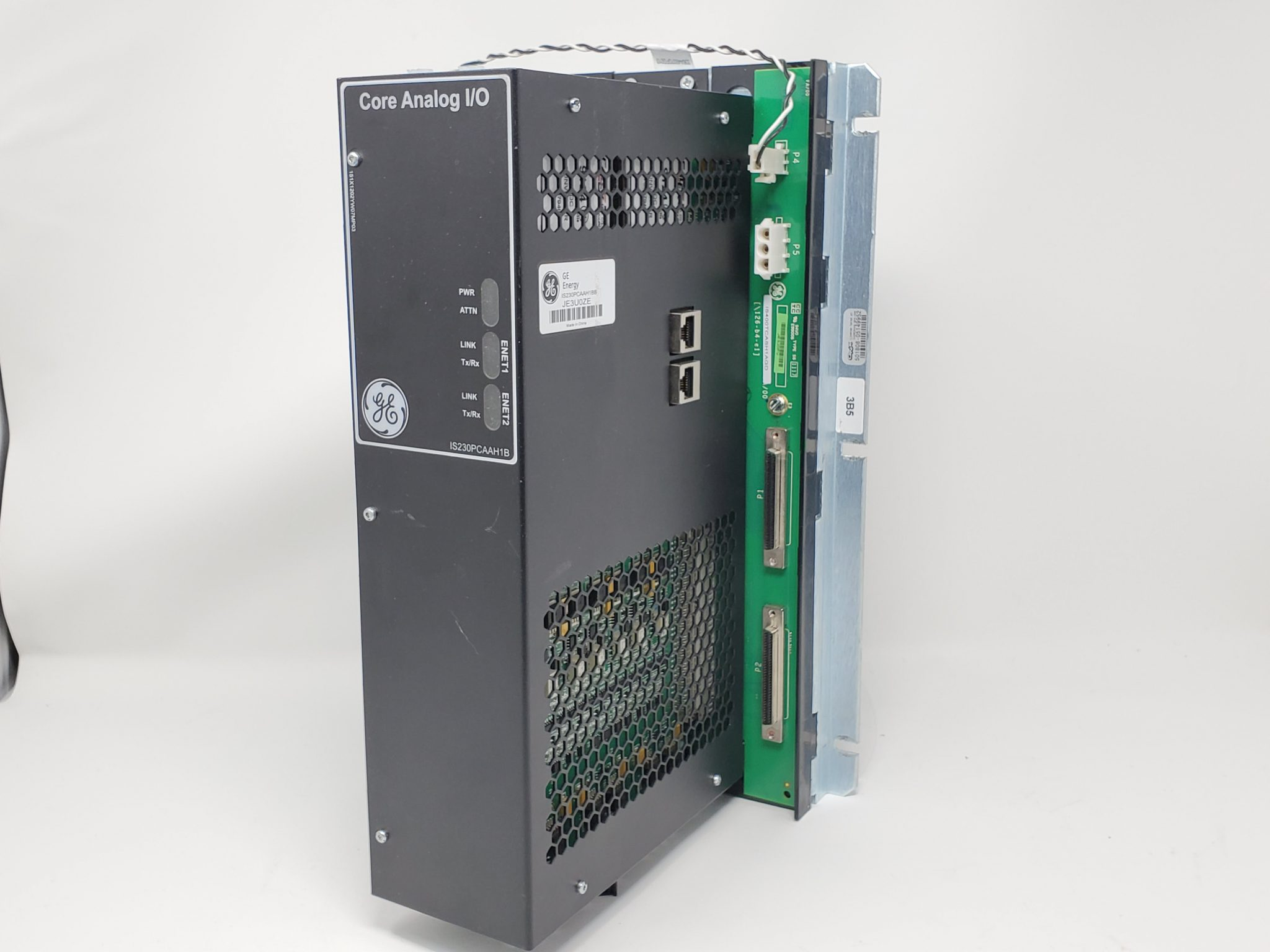































































.jpg)
.jpg)





.jpg)



.png)
.jpg)

.jpg)
_lVjBYb.jpg)

.jpg)
.jpg)



.jpg)
.jpg)







.jpg)

.jpg)
.jpg)








